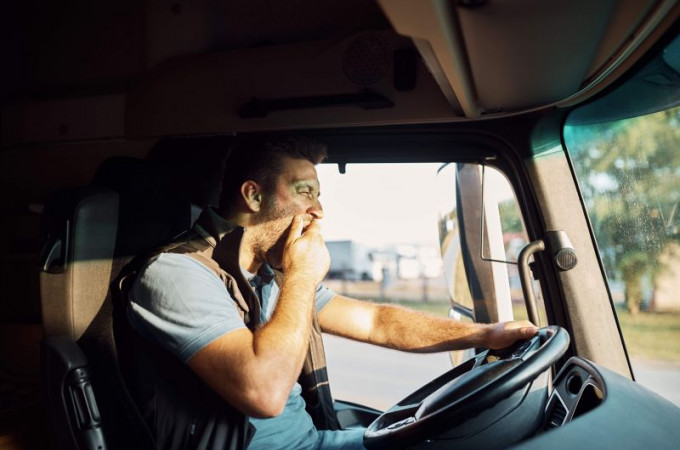T&BB speaks with Seeing Machines, specialist in AI driver monitoring systems
By Bradley Osborne - 15th August 2023

(Credit - Seeing Machines)
Australia – Last November, at the Euro Bus Expo in Birmingham, UK, I had the dubious pleasure of trying out a product by Seeing Machines. I was sat down in a bus driver’s seat facing a monitor and a camera. Told to let my mind wander, my eyes started to lose focus… In a split second, I was jerked rudely awake as the seat vibrated beneath me.
I had deliberately allowed myself to become inattentive; the driver of a bus or truck keeps his attention fixed on the road ahead and on road users and obstacles to either side of him. But the representatives from Seeing Machines told me that a tired driver can fall into repeated episodes of so-called “microsleep”, a moment of sleep or drowsiness lasting no more than a few seconds which can have devastating consequences in a job that requires constant alertness. Recent history furnishes us with plenty of tragic examples of collisions caused by sleepy drivers on motorways. The National Highway Traffic Safety Administration estimates that in 2017, 91,000 police-reported crashes involved drowsy drivers and led to approximately 50,000 injuries and nearly 800 fatalities in the United States.
